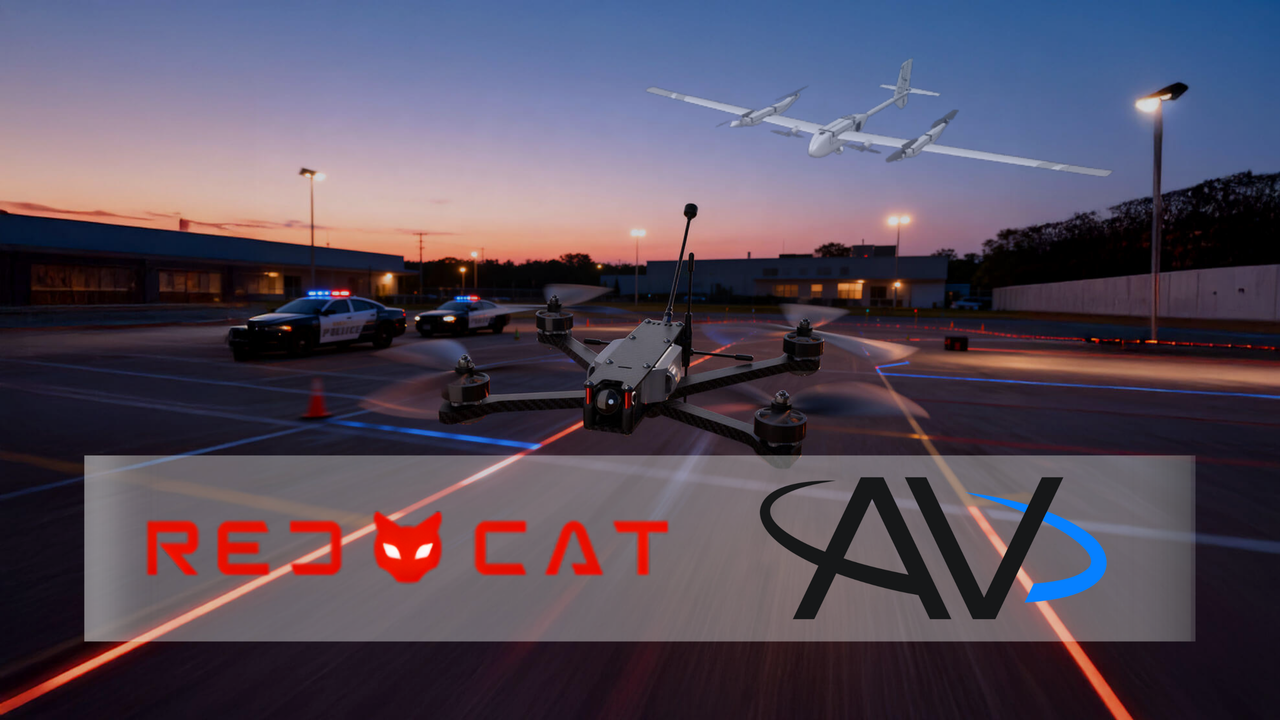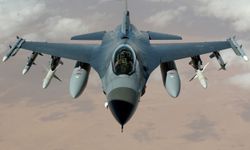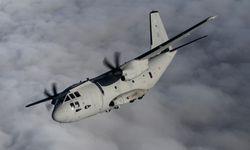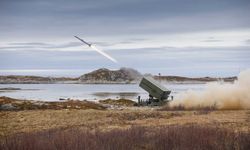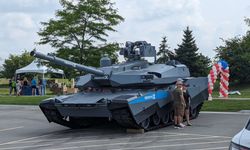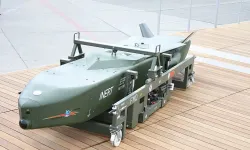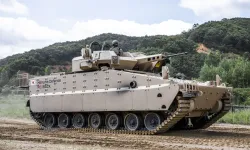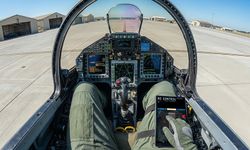U.S.-based drone manufacturer Red Cat Holdings announced on October 14, 2025, a collaboration with AeroVironment (AV) to enable the deployment of its FANG FPV drone from AV’s P550 all-electric Group 2 eVTOL unmanned aircraft system (UAS).
The partnership focuses on developing a marsupial configuration, allowing the P550 to carry and release the FANG drone through AV’s modular CLIK interface. The concept integrates long-endurance reconnaissance with close-range tactical capabilities in a single mission, demonstrating interoperability between different classes of unmanned systems.
“This collaboration reflects how U.S. companies can come together to advance modular, interoperable technologies that strengthen operational capability,” said Jeff Thompson, CEO of Red Cat. “By exploring how FANG can be deployed from the P550, we’re showing what’s possible when small, agile systems are paired with long-endurance platforms to create greater reach, responsiveness, and mission versatility.”
“The P550 was engineered with open-architecture flexibility at its core,” added Jason Hendrix, Vice President and General Manager of sUAS at AeroVironment. “Our collaboration with Red Cat underscores that design philosophy and the integration of payloads like FANG broaden operational reach and create new mission possibilities for the warfighter.”
AeroVironment’s P550 is an autonomous, electric-powered Group 2 UAS designed with 15-pound payload capacity, five-hour endurance, and AI-enabled autonomy. The FANG FPV, part of Red Cat’s Arachnid Family of Systems, is a National Defense Authorization Act (NDAA)-compliant platform built for intelligence, surveillance, and reconnaissance (ISR) and tactical missions.
Once deployed from the P550, FANG can deliver close-in situational awareness beyond visual line of sight and may support additional payload options in future iterations.
Both companies are currently working on engineering, interface, and control requirements to validate the payload deployment concept. The design phase includes compatibility testing ahead of live demonstrations aimed at showcasing modular solutions for U.S. and allied defense forces.
